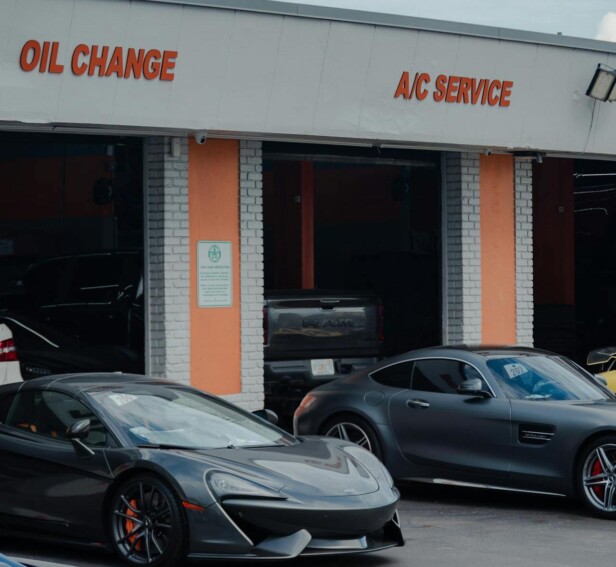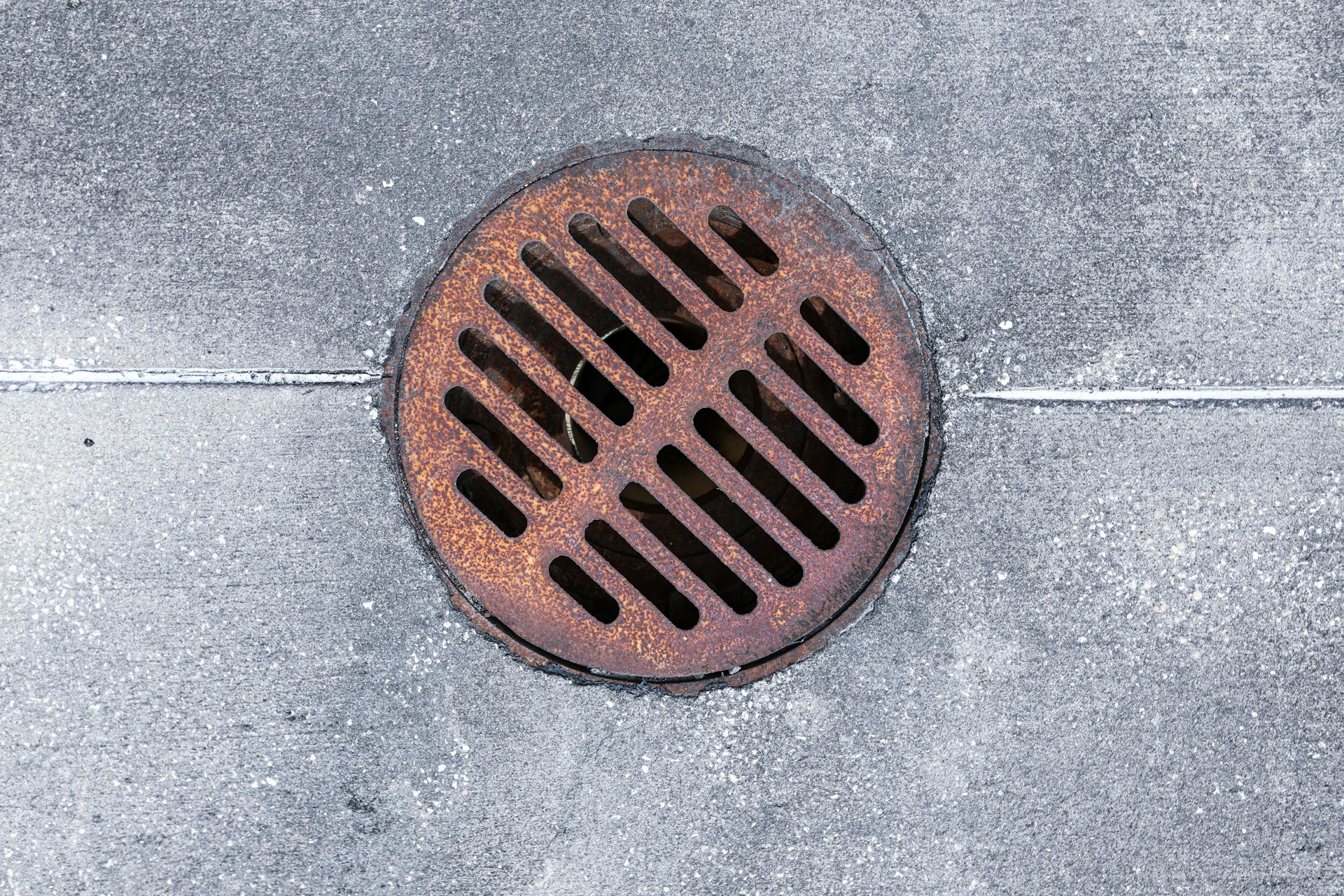Auto shop operators in Fort Worth navigate a dual compliance landscape where federal SPCC regulations intersect with local municipal requirements. The EPA’s Spill Prevention, Control, and Countermeasure rule under 40 CFR part 112 determines whether your oil-water separator falls under federal oversight, while the City of Fort Worth mandates specific grease and grit trap installations for automotive repair facilities.
This regulatory framework affects how we design, install, and maintain separation systems at automotive facilities. Understanding which rules apply to your specific operation determines your documentation requirements, maintenance schedules, and recordkeeping obligations throughout your facility’s operational life.
When Does An Oil-Water Separator At An Auto Shop Fall Under EPA SPCC Rules?
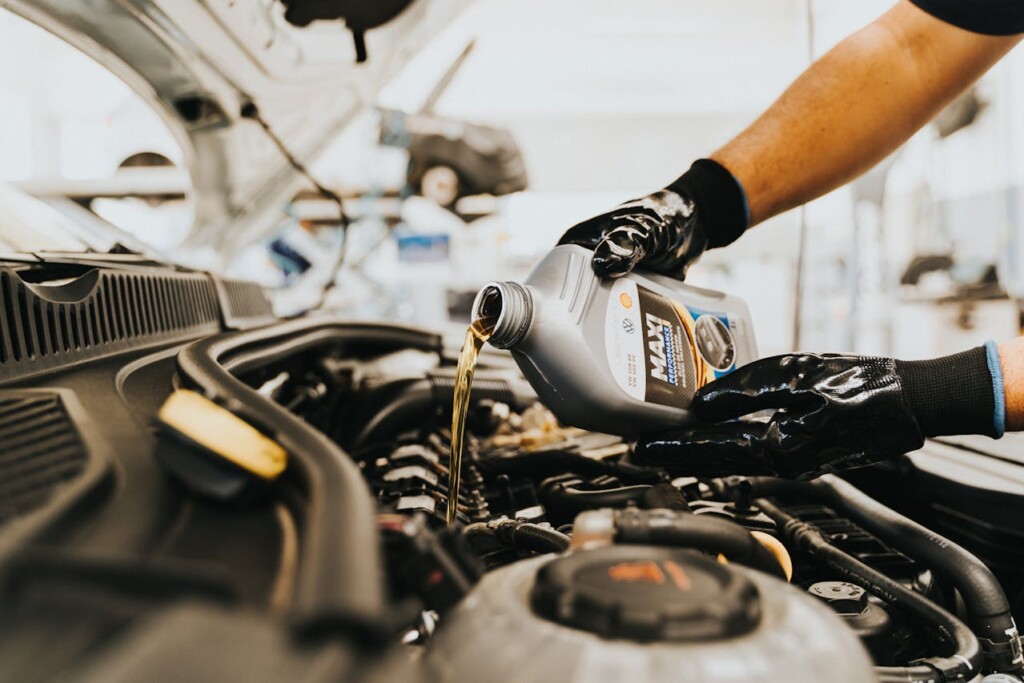
The EPA categorizes oil-water separators into specific uses that determine whether shops face SPCC compliance requirements. We evaluate each separator based on its intended function and operation within the facility drainage system.
Wastewater Treatment Exemption
Separators used exclusively for wastewater treatment qualify for complete exemption under section 112.1(d)(6). These flow-through systems process oily wastewater continuously without storing oil for other purposes.
We classify units as exempt when they function solely as pretreatment equipment. The separator receives contaminated water, removes oil through gravity or enhanced separation methods, and discharges treated effluent without engaging in static storage processes.
Exempt separators do not count toward facility storage capacity calculations. However, any separate containers storing recovered oil from these systems become bulk storage containers subject to full SPCC requirements.
Secondary Containment Applications
Oil-water separators used for secondary containment fall under SPCC design and operation requirements but do not count toward storage capacity. These units serve as part of facility drainage systems to prevent oil discharges from reaching navigable waters.
Design specifications must address section 112.7(c) general containment requirements. For facilities with bulk storage areas, separators must meet sized containment provisions under sections 112.8(c)(2), 112.8(c)(11), or applicable 112.12 equivalents.
Shops with loading and unloading racks face additional requirements under section 112.7(h)(1). The quick drainage system must handle the maximum capacity of any single tank truck compartment loaded or unloaded at the facility.
Secondary containment separators typically operate in undiked areas and do not require tertiary containment. We must monitor these systems routinely and remove collected oil promptly to maintain required capacity for potential discharge events.
Oil Production And Recovery Operations
Separators used in oil production, recovery, or recycling operations count toward facility storage capacity and receive no SPCC exemptions. These units function as oil-filled manufacturing equipment subject to section 112.7 provisions and applicable bulk storage requirements.
Auto shops engaged in waste oil processing or recovery activities cannot claim wastewater treatment exemptions for associated separators. The EPA specifically excludes oil production, recovery, and recycling from wastewater treatment definitions.
Monitoring And Maintenance Requirements
We establish routine monitoring schedules for all non-exempt separators to ensure proper operation and capacity availability. Visual inspections detect system upsets, equipment failures, or discharge conditions requiring immediate attention.
Prompt oil removal maintains separator effectiveness and prevents accumulated material from overwhelming the system during precipitation events. EPA inspectors review maintenance records and design criteria during facility evaluations to verify compliance with applicable requirements.
Facilities must document separator configuration, drainage areas, expected flow rates, and oil storage capacities in SPCC Plans. This documentation demonstrates proper sizing for anticipated discharge scenarios and precipitation events.
How Should An Auto Shop Size And Design An Oil-Water Separator?
Sizing an oil-water separator involves calculating both oil storage capacity and wastewater flow requirements. We analyze the drainage area, precipitation patterns, and largest containers to determine proper dimensions. The design flow rate becomes the critical factor that determines whether the separator can handle peak conditions without discharging contaminated water.
Standard gravity separators rely on retention time to allow oil droplets to rise naturally to the surface. These units require sufficient volume and hydraulic residence time for effective separation. Enhanced gravity units incorporate coalescing media to capture smaller oil droplets that would otherwise pass through. The coalescing plates create additional surface area where oil droplets can combine and grow larger before rising.
Design flow rate determines separator performance under all operating conditions. When influent flow exceeds the unit’s maximum design capacity, the system can discharge accumulated oil or inadequately treated water. We verify that expected flows from wash operations, rainfall events, and drainage systems remain within the separator’s rated capacity. Exceeding design parameters compromises separation efficiency and regulatory compliance.
For secondary containment applications, we size the separator to handle the largest container volume plus sufficient freeboard for precipitation. The drainage area calculation includes all surfaces that could direct contaminated runoff to the separator. We also account for rainfall intensity based on local weather data and the facility’s specific geographic location.
A real automotive facility demonstrates these calculations in practice. An undiked 70 ft × 100 ft area contains 55-gallon containers as the largest single storage units. Using a 0.6 in/hr rainfall intensity for the region, the total drainage area equals 7,000 ft². The precipitation volume calculates to 2,618 gallons per hour, which combined with the 55-gallon container capacity gives a total volume requirement of 2,673 gallons. The corresponding design flow rate becomes 44.6 gallons per minute.
The specified separator in this example handles 55 gpm flow rate with 550 gallons total volume. It provides 110 gallons of oil storage capacity before requiring pump-out. This configuration meets both flow and storage requirements while maintaining adequate safety margins for actual operating conditions.
Large drainage areas present significant challenges for separator-based containment systems. Heavy rainfall can generate flows that overwhelm the separator’s design capacity, causing untreated discharge to the environment. We evaluate whether the drainage area size makes separators impractical compared to traditional diked containment. Facilities with extensive paved areas may need multiple smaller separators or alternative containment strategies.
Manufacturer specifications provide essential design parameters including maximum flow rates, oil storage capacity, and maintenance intervals. We follow these specifications closely since they reflect tested performance under field conditions. The separator must maintain its required capacity at all times, which means scheduling regular pump-outs before oil accumulation reaches maximum levels.
What Fort Worth Grease/Grit Trap Rules Apply To Auto Shops?
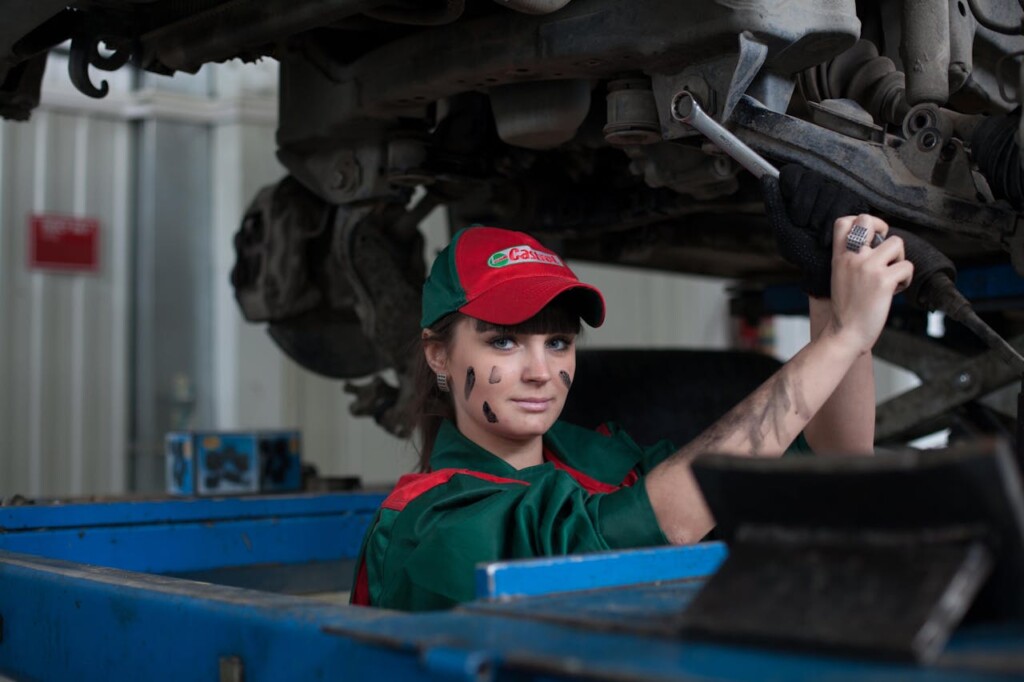
Fort Worth requires automotive repair facilities and car washes to install and maintain grease or grit traps that prevent fats, oils, grease, and solids from entering the sanitary sewer system. We approach these installations knowing they serve a different purpose from oil-water separators, focusing specifically on capturing materials from vehicle servicing operations and food preparation areas within automotive facilities.
The city’s requirements apply to shops that wash vehicles, maintain service bays with floor drains, or operate food service areas. These traps complement any oil-water separators that may already be installed for petroleum products, creating a comprehensive wastewater pretreatment approach.
Mandatory Pump-Out Schedule And Frequency
Fort Worth mandates that grease and grit traps receive 100% pump-out service at least once every 90 days. This complete evacuation requirement means partial cleaning or skimming surface materials does not satisfy compliance. We schedule these services to ensure the trap maintains its designed capacity and effectiveness.
The city may order more frequent pumping when shops experience high-volume operations or when inspections reveal excessive accumulation. Some automotive facilities that include car washes or food service operations require monthly service to maintain proper function and regulatory compliance.
Regular monitoring helps determine if the standard 90-day schedule meets the facility’s needs. Shops should track trap performance and adjust cleaning frequency when the combined thickness of floating grease and settled solids approaches 25% of the trap’s liquid depth.
Permitted Transporter Requirements And Documentation
Only permitted transporters authorized by the City of Fort Worth may clean and haul liquid wastes from grease and grit traps. We verify transporter credentials before scheduling service, as using unauthorized haulers constitutes a violation regardless of the service quality or pricing.
Each pump-out service requires a City of Fort Worth Liquid Waste Trip Ticket that documents the waste removal. The transporter must present this ticket with their city-issued business identification number before beginning any waste removal. The ticket tracks the waste from collection through final disposal, creating a complete chain of custody.
The final trip ticket must remain stored on-site for at least five years from the service date. We maintain these records in organized files that facilitate quick retrieval during city inspections or regulatory audits. This documentation proves compliance with proper waste disposal procedures and helps establish cleaning frequency patterns.
| Requirement | Description |
| Pump-Out Frequency | 100% pump-out at least once every 90 days |
| Transporter Authorization | Only permitted transporters by the City of Fort Worth are allowed to clean and haul waste |
| Documentation | City of Fort Worth Liquid Waste Trip Ticket must be completed for each service, stored for at least five years |
| Penalties | Up to $2,000 per violation per day for noncompliance |
| Bioremediation | Use of enzymes, bacteria, or other bioremediation agents prohibited without prior approval |
Enforcement Penalties And Bioremediation Restrictions
Fort Worth assesses penalties up to $2,000 per violation per day for noncompliance with grease trap regulations. These penalties apply to failures in cleaning frequency, unauthorized transporters, inadequate documentation, or improper maintenance practices. Enforcement actions escalate with repeated violations and can include service disconnection.
The city prohibits using enzymes, bacteria, or other bioremediation agents in grease traps without prior approval. These products can alter grease characteristics, allowing materials to pass through the trap into the sanitary sewer system where they cause downstream problems. Any biological treatment requires specific authorization from Pretreatment Services.
We maintain compliance by following standard mechanical cleaning practices and avoiding chemical additives that promise to eliminate pumping requirements. Proper trap sizing, regular maintenance, and documented service records provide the most reliable approach to meeting city standards.
Installation Guidance And City Contacts
Auto shops installing new grease or grit traps should review the City’s Guidance for Sizing and Installation document before beginning design work. This guidance addresses trap capacity calculations, placement requirements, and construction specifications that ensure regulatory compliance and optimal performance.
Pretreatment Services at 817-392-8305 provides technical assistance for trap sizing, maintenance schedules, and waste disposal requirements. The Plumbing Inspection Section handles permit applications, installation inspections, and code compliance issues. Coordinating with both departments early in the planning process prevents costly modifications and ensures proper integration with existing wastewater systems.
We recommend scheduling pre-installation consultations to clarify specific requirements for each facility’s operations and drainage patterns. These discussions help determine appropriate trap sizes and configurations that meet both regulatory standards and operational needs.
What Operation, Maintenance, And Documentation Should Shops Keep For OWS?
When we implement an oil-water separator for secondary containment, comprehensive documentation becomes essential for both SPCC compliance and operational effectiveness. The SPCC Plan must detail separator design capacity, configuration, and operation and maintenance procedures according to EPA guidance under §112.7(a)(3). This documentation serves as the foundation for demonstrating compliance during inspections and ensures proper system function.
The drainage area and expected flow rate calculations we performed during design must be documented along with oil and water capacities. For systems handling precipitation, we include freeboard calculations and storm event considerations. These technical specifications help inspectors understand our sizing rationale and verify the separator can handle expected discharge volumes. We also document provisions for separate storage of recovered oil, since any containers storing separated oil count as bulk storage under SPCC requirements.
Routine Monitoring And Maintenance Procedures
We observe effluent treatment systems frequently enough to detect system upsets under §112.8(c)(9) requirements. This means establishing a monitoring schedule that accounts for facility operations, weather patterns, and separator capacity. Visual inspections help identify oil accumulation, unusual discharge characteristics, or equipment malfunctions before they become compliance issues.
Monitoring separators on a routine schedule ensures we promptly remove collected oil to preserve required capacity. We establish pump-out schedules based on oil accumulation rates, separator size, and operational demands. The key is maintaining available capacity at all times so the system can handle an actual discharge event. Documentation includes maintenance records showing pump-out dates, oil volumes removed, and any equipment repairs or adjustments.
Inspection Records And System Performance
We maintain detailed inspection and maintenance records as part of our SPCC Plan documentation. These records demonstrate regular monitoring, timely maintenance, and system reliability. EPA inspectors review these records to verify we’re following established procedures and maintaining separator effectiveness. Records should include visual inspection dates, oil levels observed, pump-out activities, and any corrective actions taken.
System performance documentation helps demonstrate the separator can handle expected precipitation and discharge volumes. We track flow rates during storm events, monitor effluent quality, and document any capacity exceedances or system bypasses. This information proves our design assumptions were correct and the system performs as intended under various operating conditions.
Secondary Containment Location And Tertiary Requirements
OWS used as secondary containment typically sit in undiked areas where they supplement drainage system design. Unlike bulk storage containers, these separators do not require tertiary containment since they function as the containment system itself. We document their location relative to potential discharge sources and demonstrate how they integrate with overall facility drainage patterns.
The absence of tertiary containment requirements simplifies installation but increases the importance of proper maintenance. We ensure recovered oil storage provisions include appropriate containers that do require secondary containment. This distinction between the separator itself and oil storage containers helps clarify which components need what level of protection during facility planning and compliance verification.
Conclusion and Next Steps for Fort Worth Auto Shops
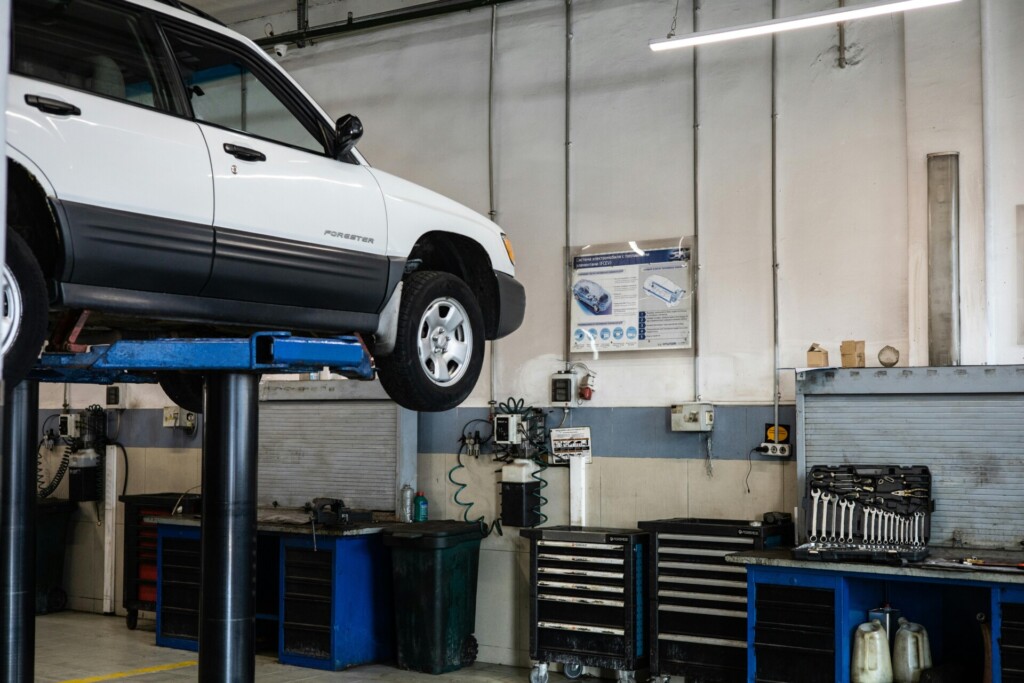
Successfully navigating oil-water separator compliance requires understanding the dual regulatory framework that governs Fort Worth automotive facilities. We approach each project by first determining how the oil-water separator functions within the facility’s operations, then applying the appropriate SPCC pathway. Shops using OWS exclusively for wastewater pretreatment benefit from the exemption status, while those incorporating separators into secondary containment systems must meet specific design and operational requirements under federal regulations.
Fort Worth’s local requirements add another compliance layer that demands attention to detail and consistent maintenance practices. We ensure automotive repair facilities and car washes install properly sized grease or grit traps, establish relationships with permitted transporters, and maintain comprehensive documentation systems. The 90-day pump-out requirement, five-year trip ticket retention, and prohibition on unauthorized bioremediation agents require systematic tracking and routine monitoring to avoid penalties that can reach $2,000 per violation per day.
For auto shops ready to implement compliant oil-water separator systems, we recommend reviewing Fort Worth’s sizing guidance and contacting Pretreatment Services at 817-392-8305 and the Plumbing Inspection Section before installation. Maintain OWS capacity through routine monitoring, ensure collected oil removal schedules preserve required capacity, and keep SPCC Plan documentation current and accessible.
Contact EB3 Construction to discuss how we can help your automotive facility achieve full compliance with both federal SPCC requirements and Fort Worth’s local regulations.

